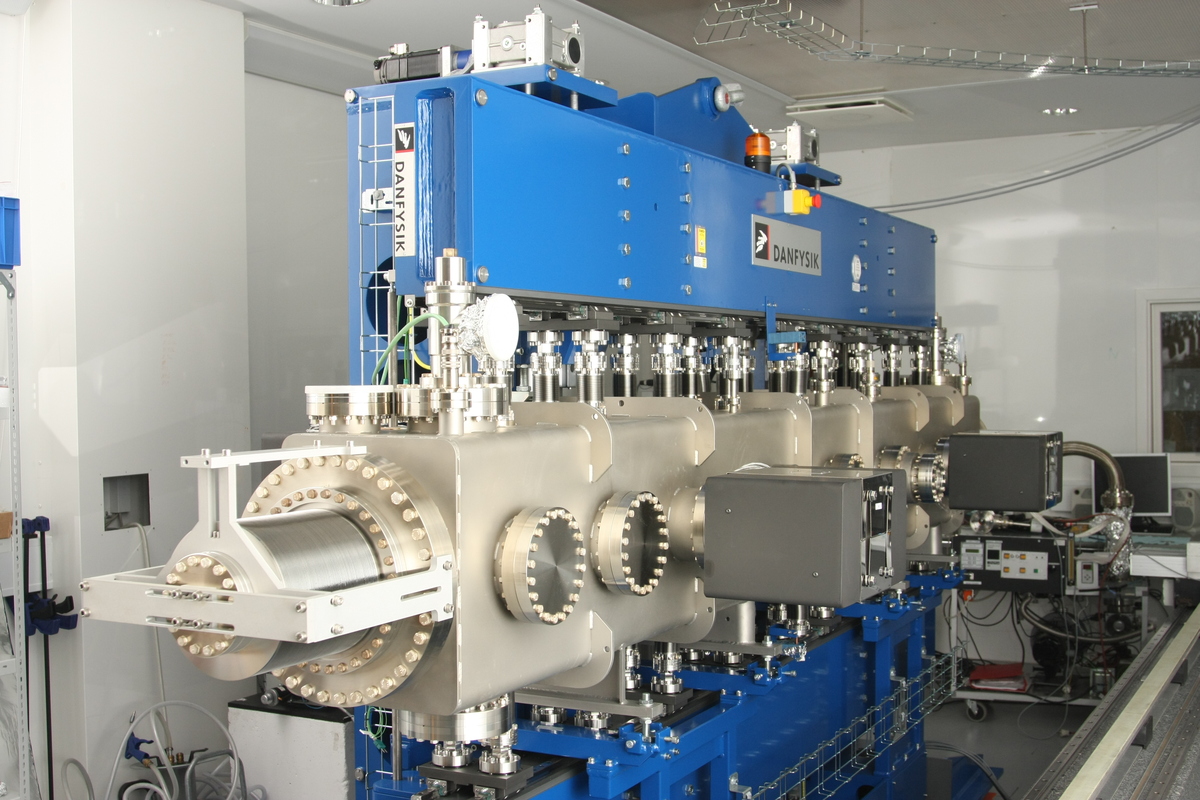X-SPEC Undulator at the Institute for Photon Science and Synchrotron Radiation (IPS) provides light over an unprecedented energy range
- Date: 2017
A novel shifting in-vacuum undulator has successfully provided first light to the X-SPEC Beamline at the Karlsruhe Institute of Technology (KIT)
Synchrotron radiation is one of the most intense sources of x-rays. Besides its high intensity, synchrotron radiation offers other important properties, such as a broad spectral range, coherence, collimation, etc., making it a powerful tool for research purposes, both in academia and industry. With the installation of the new X-SPEC beamline at the KIT synchrotron radiation facility, the scope of research possibilities has been profoundly enhanced.
The new X-SPEC beamline is operated by the Institute for Photon Science and Synchrotron Radiation (IPS) at KIT, and will deliver x-rays in the worldwide unique energy range from 70 eV to 15 keV. This is made possible by an innovative “shifting in-vacuum undulator”, designed, built, installed, and commissioned with Danfysik A/S and the Institute for Beam Physics and Technology (IBPT) at KIT. The undulator was successfully installed in the fall of 2016, and first x-ray light was delivered in December 2016. Dr. Lothar Weinhardt, head of the division for x-ray spectroscopy at the IPS, and leader of the X-SPEC team, points out: “With this milestone, a significant step has been achieved on the path towards establishing unique spectroscopic capabilities using soft, tender, and even ‘intermediate’ hard x-rays in one experimental set-up. One core element of this approach is the innovative shifting concept of the Danfysik in-vacuum undulator, and we are excited about the first light delivered to the X-SPEC beamline.”
The wide energy range of the insertion device is achieved by combining two undulators with different period lengths, 28 mm and 50 mm, side-by-side in the same in-vacuum chamber. The switching between both undulators is performed by shifting the complete device sideways, transversely to the electron beam. A novel sliding mechanism was designed, which includes large flexible bellows at each end of the device to allow for the transverse movement. Both magnetic arrays of the in-vacuum undulator are of the Pure Permanent Magnets (PPM) type and made of NdFeB.
The main focus of the X-SPEC beamline is the investigation of applied systems using a variety of electron and x-ray spectroscopic techniques, such as x-ray emission spectroscopy (XES and RIXS), x-ray absorption spectroscopy (XAS, EXAFS, and NEXAFS) and photoelectron spectroscopy (PES, XPS, HAXPES). One particular feature of the beamline is its ability to focus photons on the same sample spot over the full energy range, thus making it very powerful and versatile for acquiring a complete picture of the electronic and chemical structure of the material under study. Solid state samples, such as thin-film solar cells or cementitious materials, but also liquids and gases, as well as their interfaces, compose the scope of materials that will be studied at the X-SPEC beamline.

